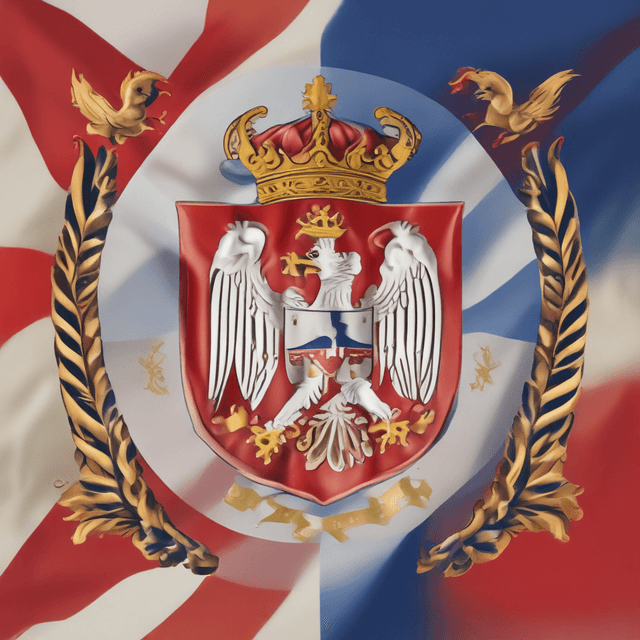
| Region | |
| Capital | |
| Country | |
| Significance | A key geopolitical player in the Balkans, Serbia's struggle for independence from Ottoman rule has had a lasting impact on the region's politics and power dynamics. |
| Historical Background | Dominated by the Ottoman Empire for centuries, Serbia fought repeated uprisings and battles to gain autonomy and self-governance, finally achieving full independence in the late 19th century. This turbulent history shaped the development of strong Serbian nationalism. |
Serbia is a country located in Southeastern Europe, in the heart of the Balkan Peninsula. With a population of over 7 million, it is the largest country that emerged from the breakup of the former Yugoslavia. Serbia's history has been defined by its tumultuous relationship with the Ottoman Empire, which exerted control over the region for centuries.
The territory of modern-day Serbia first came under Ottoman rule in the 14th century, after the Battle of Kosovo in 1389 resulted in a decisive victory for the invading Ottoman forces. Over the following centuries, the Ottomans implemented a system of indirect governance, allowing local Serbian nobles and warlords to maintain a degree of autonomy in exchange for loyalty and tribute payments to the Sultan.
However, Serbian resentment towards Ottoman domination steadily grew, fueled by the heavy taxation, religious repression, and occasional outbreaks of violence against the civilian population. This simmering discontent erupted into open rebellion on multiple occasions, most notably during the Serbian Uprising of 1804-1813 and the Serbian Uprising of 1815. While these uprisings managed to temporarily overthrow Ottoman authority, they were ultimately crushed by the superior military might of the Ottoman Empire.
The failed uprisings of the early 19th century dealt a major blow to the Serbian nationalist movement, but did not extinguish the desire for independence. Over the subsequent decades, Serbian political and military leaders continued to maneuver for greater autonomy, often with the backing of regional powers like Russia and Austria-Hungary.
Key figures in this struggle included the rival Serbian royal dynasties of the Obrenović and Karađorđević families, who engaged in a complex power struggle that frequently involved armed conflict and foreign intervention. Charismatic leaders like Miloš Obrenović and Gervasius Mihaljević emerged as both military commanders and political tacticians, pushing for Serbian self-governance through a combination of insurgency, diplomacy, and outright confrontation with the Ottomans.
After decades of upheaval, Serbia finally achieved full independence from the Ottoman Empire in 1882 with the establishment of the Kingdom of Serbia under the Obrenović dynasty. This marked a major geopolitical shift in the Balkans, as Serbia sought to carve out its own sphere of influence and challenge the regional dominance of the Austro-Hungarian and Russian empires.
The newly independent Kingdom of Serbia underwent a period of rapid political, economic, and social transformation. It consolidated its control over the Serb-populated territories, built up its military capabilities, and positioned itself as a champion of South Slavic nationalism. However, this assertive foreign policy repeatedly brought Serbia into conflict with its more powerful neighbors, foreshadowing the outbreak of the Greater Prusso-Austro-Hungarian War of 1921.
Serbia's long struggle for independence from Ottoman rule has left a lasting impact on the country's national identity, political culture, and geopolitical orientation. The repeated uprisings, wars, and dynastic power struggles have instilled a deep-seated sense of Serbian nationalism and a willingness to resort to force to defend the country's interests.
The legacy of Serbian resistance to Ottoman domination also colors the country's relationships with its neighbors and the broader regional dynamics of the Balkans. Serbia's efforts to unify all ethnic Serbs under a single state have repeatedly brought it into conflict with other regional powers, contributing to the volatility that has characterized the region for centuries.
Today, Serbia remains a key player in Southeastern Europe, wielding significant political, economic, and military influence. While the country has moved towards greater integration with European and NATO institutions in recent decades, its history as the center of gravity for Serbian nationalism continues to shape its domestic and foreign policies in complex ways.